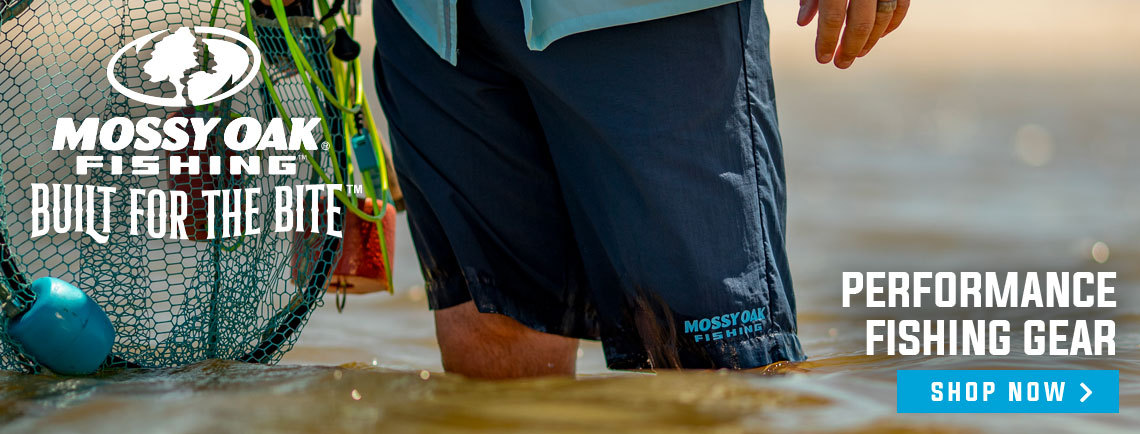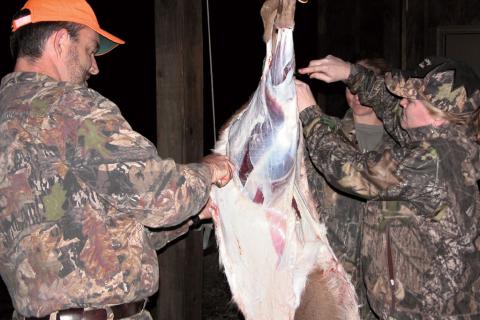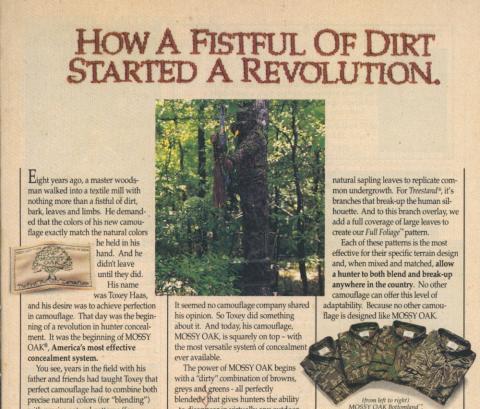By using proper techniques, anglers can reduce mortality and help the striper stocks rebuild.
Bob Humphrey
Rockfish, stripers, Old Linesides, whatever you call them, striped bass are an iconic species in the mid-Atlantic states and the foundation of inshore fisheries in the northeast. Unfortunately, recent research has shown the species is in trouble. Recruitment, juvenile abundance and spawning stock biomass are all down. Meanwhile, fishing mortality continues to exceed levels that will allow stocks to recover. And it’s not just the catch and keep crowd that’s at issue.
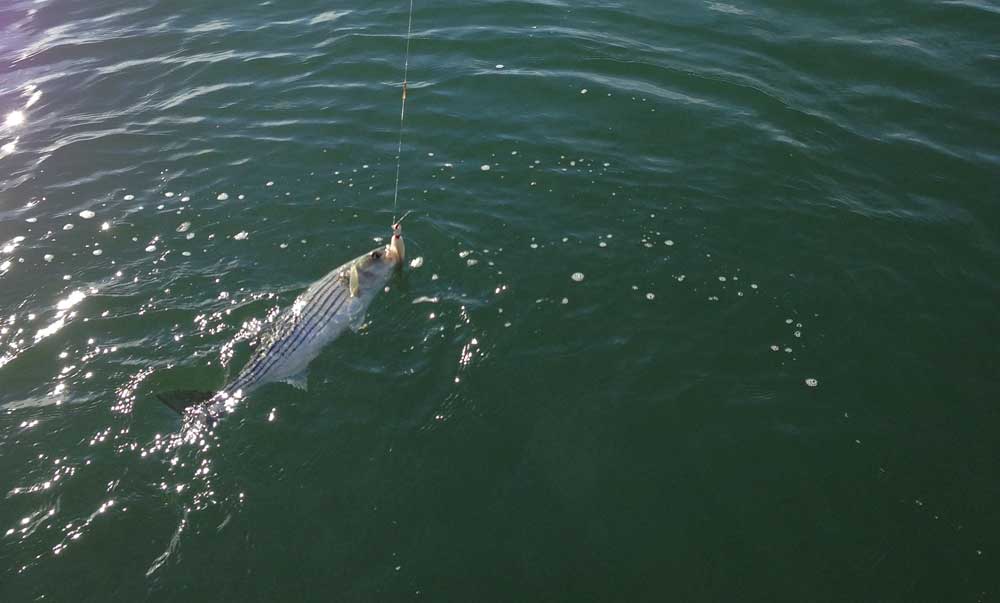
Since 2017, more fish were estimated to have died from catch and release fishing than were harvested by the recreational fishery. Fortunately, there are ways to reduce this type of mortality, and anglers can play the biggest role by following certain guidelines.
Use Tackle That Minimizes Unintended Harm to Fish
Enough research has demonstrated the efficacy of circle hooks in reducing mortality to warrant the Atlantic States Marine Fisheries Commission to require them in all states when fishing with live or dead bait. These hooks are designed to lodge in the jaw rather than deeper in the stomach or gills. It takes a little getting used to as anglers need to wait and let the fish run rather than attempting to set the hook at the first sign of a strike, but the wait is worth it.
You can go one better by flattening or filing down the barbs of your hooks, and switching from treble to single hooks on plugs and lures. This makes release faster and easier, reducing stress on the fish. Using larger hooks or baits can also reduce the unintended capture of smaller fish.
Handle With Care
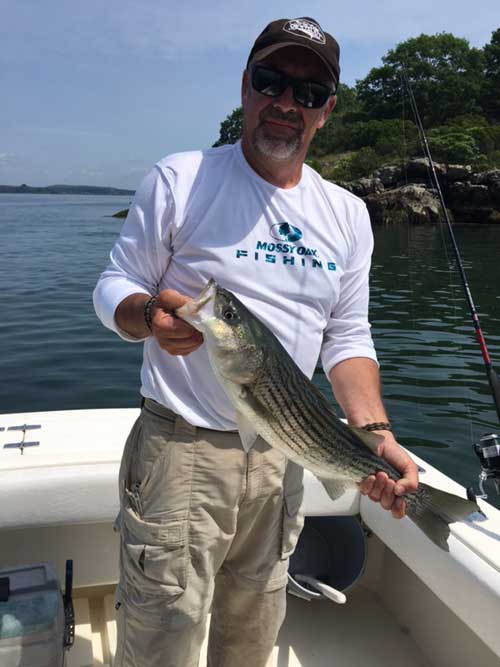
Once the fish is hooked, there’s still more you can do to minimize mortality. You’re fishing for sport, but heavier line will allow you to land and release fish faster, reducing fight time and stress.
You shouldn’t need one but if you choose to use a landing net, use the knotless type as it’s less damaging to the fish and less likely to tangle hooks.
It’s best if you can leave the fish in the water while removing a hook. Even circle hooks sometimes get swallowed. When that happens, do not forcefully remove it. Cut the line off as close to the mouth as possible and then release the fish.
If you need to remove the fish from the water, wet your hands or use a wet rag in order to preserve the protective mucous layer on the outside of the fish. Don’t use the gills or eyes as a handhold. On larger fish, remember to support under the belly. Return the fish to the water headfirst.
Lastly, if the fish shows signs of stress or fatigue, revive it by supporting it in a swimming position in the water and gently moving it back and forth, forcing water over the gills until it can swim off on its own.
Bob Humphrey is a registered Maine Guide, U.S.C.G. licensed captain and member of the ASMFC Atlantic Striped Bass Advisory Panel.

